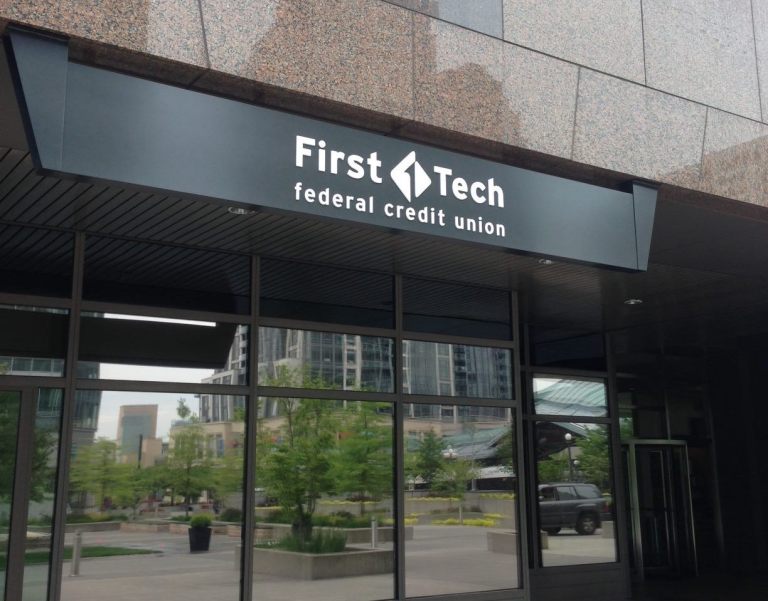An Industry Insider on Balancing Security With Seamlessness

58% of FIs reported a rise in the cost of fraudulent transactions in 2022, which is why Seth Ruden of First Tech Federal Credit Union says “targeted friction” is essential to fighting fraud without compromising the user experience.
In response to the growing risk of fraud and its potential for monetary losses and reputational harms, a CU insider discusses the best way to fight fraud without compromising the user experience.
—
![]() The perennial problem of fraud is becoming more significant. With the rise of digital banking, criminals no longer need to be present to scam FIs and their customers — and the risk of fraud is growing as a result. In an interview with PYMNTS, Seth Ruden, senior director of fraud operations for First Tech Federal Credit Union, discussed how his CU is responding to the challenge.
The perennial problem of fraud is becoming more significant. With the rise of digital banking, criminals no longer need to be present to scam FIs and their customers — and the risk of fraud is growing as a result. In an interview with PYMNTS, Seth Ruden, senior director of fraud operations for First Tech Federal Credit Union, discussed how his CU is responding to the challenge.
Although fraudsters are using many methods, account takeovers stand out. According to Ruden, there has been a sharp increase in this type of attack — in which a criminal seizes control of someone’s account by leveraging their login credentials — making it arguably the number one threat. An overreliance on passwords is helping drive this trend.
“You share a password between different sites — and that’s a huge problem with passwords. We need to be far more diligent as organizations to ensure that we shore up those risks, as individuals are compromised every day,” Ruden said.
First Tech is deploying better security measures, such as multifactor authentication, to combat the problem. Other companies, however, are lagging. A recent PYMNTS survey found that passwords were still the most common authentication method, with 65% of consumers reporting to have used them in the past month. In contrast, biometric methods and multifactor authentication were used by only 47% and 32% of consumers, respectively, in the past month.
Fraud-fighting efforts cannot focus solely on individual transactions. Instead, Ruden said, a fraud prevention strategy needs to be holistic. Effectively defending against fraud requires examining all areas of the member journey.
“We look at the full life cycle of an individual’s engagement with their financial institution by ensuring that our members have strong security hygiene, that they’re using the right kind of passwords, that they’ve got multifactor authentication options that suit their lifestyles and that we have the right kind of fraud [prevention] tools that provide the right kind of alerts that the member can engage with specifically.” ![]()
There is a need to balance robust security with the seamless banking interactions members want. When a CU imposes an abundance of security layers, this creates a system filled with hurdles that members must overcome to carry out their financial activities. While this might reduce fraud, it creates a level of friction that can frustrate and even drive away legitimate users. For example, up to 40% of consumers have abandoned application processes for financial accounts because the identity checks were too complex, according to a 2022 FICO survey.
Threading the needle between security and friction, said Ruden, requires precise security controls that apply to transactions only when absolutely necessary. First Tech is therefore focused on ensuring a positive experience for members by creating the right amount of friction, tailored specifically to high-risk events and members’ risk appetites.
Balancing seamlessness with security keeps the damages caused by both member abandonment and fraud attacks to a minimum. Such an approach helps First Tech stay ahead of the fraudsters without falling behind on members’ needs.